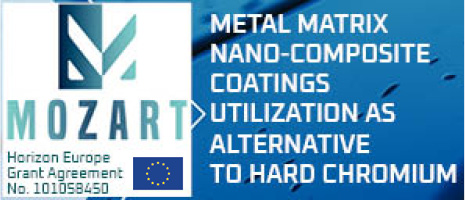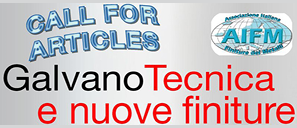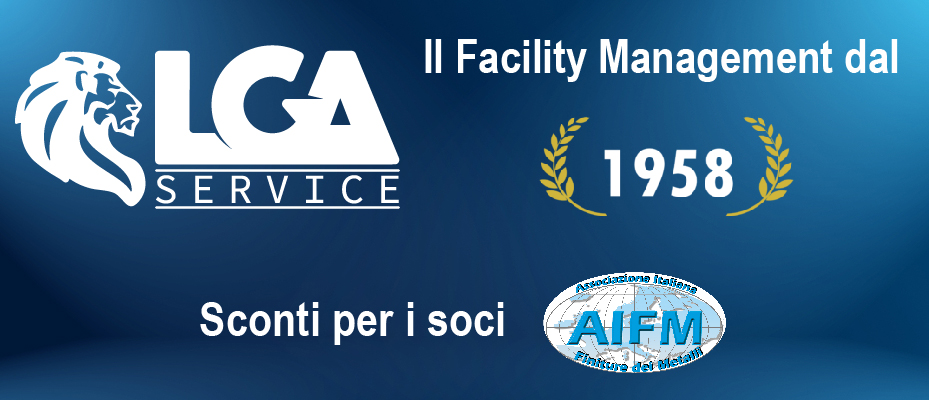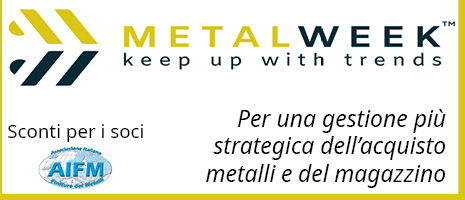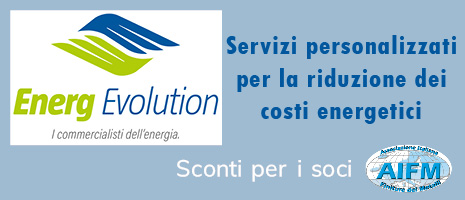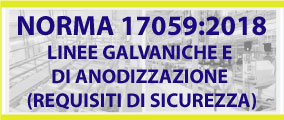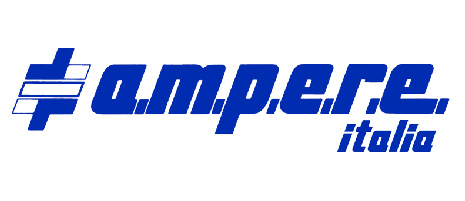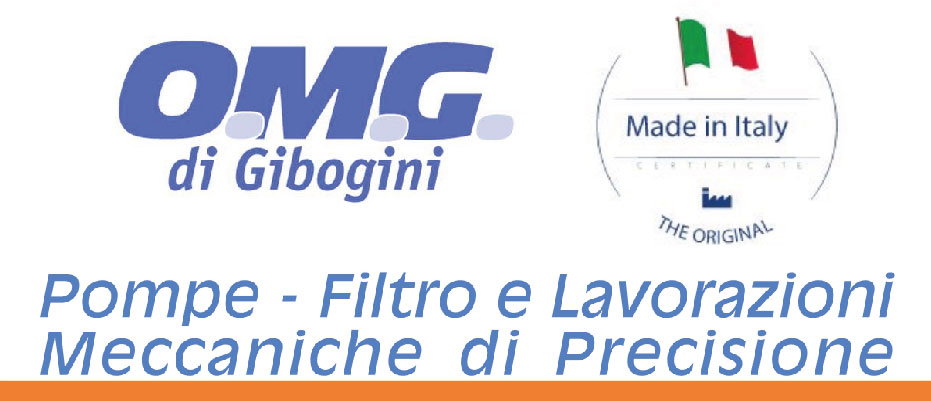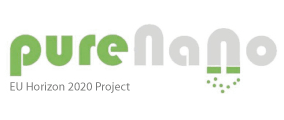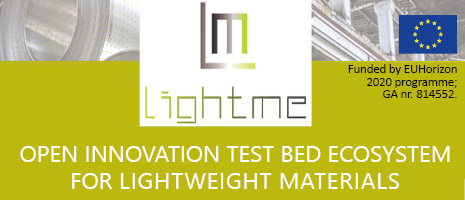ECHA proposes restrictions on chromium(VI) substances to protect health
At the request of the European Commission, ECHA has assessed the risks posed by certain Cr(VI) substances to workers and the public as well as the socio-economic impacts of potential restrictions.
The Agency concluded that an EU-wide restriction is justified as Cr(VI) substances are among the most potent workplace carcinogens and pose a serious risk to workers’ health. People living near industrial sites that release these substances into the environment are also at risk of lung and intestinal cancers.
ECHA proposes to introduce a ban on Cr(VI) substances, except in the following use categories when they meet defined limits for worker exposure and environmental emissions:
- Formulation of mixtures
- Electroplating on plastic substrate
- Electroplating on metal substrate
- Use of primers and other slurries
- Other surface treatment
- Functional additives/process aids
Such a restriction could replace the current authorisation requirements under REACH, ensuring that the risks associated with Cr(VI) substances are effectively controlled once they are no longer subject to REACH authorisation. Additionally, barium chromate is included in the scope of the restriction to avoid regrettable substitution.
The restriction could prevent up to 17 tonnes of Cr(VI) from being released into the environment and avoid up to 195 cancer cases each year. Over 20 years, the total monetised benefits are estimated to be €331 million or €1.07 billion, depending on the restriction option chosen. The total cost to European society is estimated at either €314 million or €3.23 billion. These costs include investments in measures to reduce environmental releases and worker exposure, cost of closures and relocations, and replacing Cr(VI) substances with safer alternatives.
All stakeholders have the opportunity to provide information backed by robust evidence during a six-month consultation, which is expected to start on 18 June 2025. ECHA is planning to organise an online information session to explain the restriction process and help stakeholders take part in the consultation.
Next steps
ECHA’s scientific Committees for Risk Assessment and Socio-Economic Analysis will evaluate the restriction proposal. In their evaluation, they will consider the scientific evidence received during the consultations.
The European Commission, together with the 27 EU Member States, will take the decision on the restriction and its conditions – based on ECHA’s proposal and the committees’ opinion.
Background
In September 2023, the European Commission requested ECHA to prepare a REACH restriction proposal on certain Cr(VI) substances currently on the REACH Authorisation List. The shift from authorisation to restriction aims to manage the risks to people and the environment in a timely and effective manner, while keeping the internal market working properly.
The original news is reported at this LINK.



